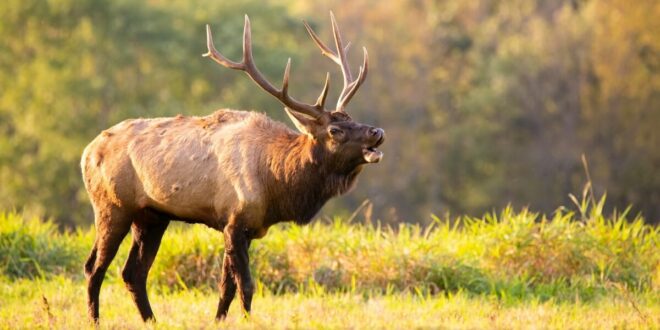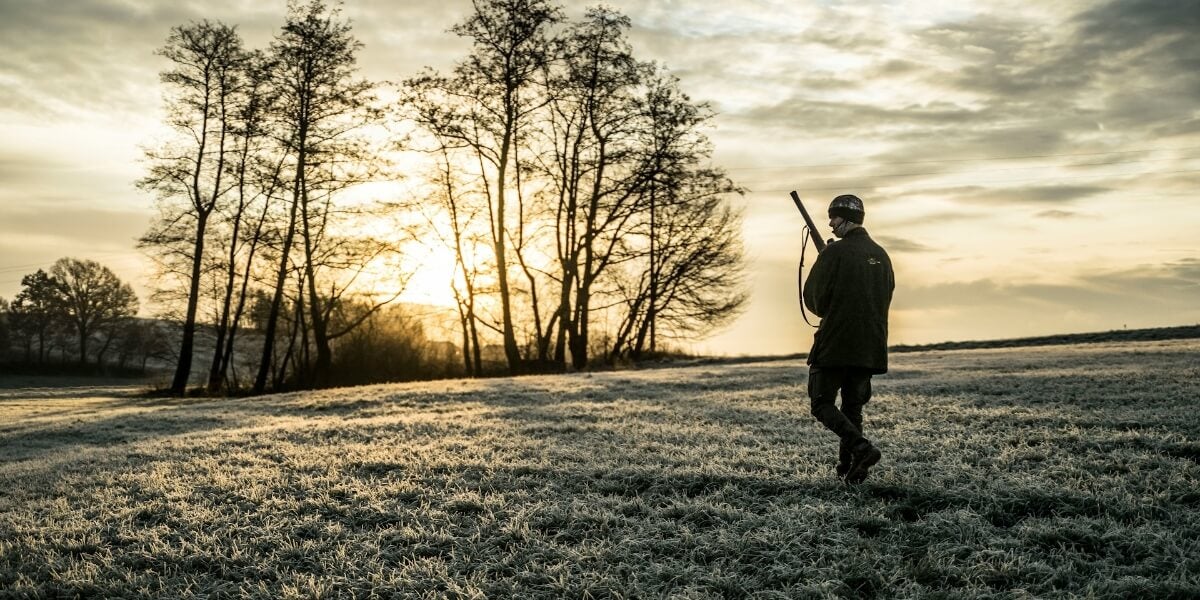Processing Wild Game Harvests – How to Safely Haul Big Game
Martin Banks 02.22.24

By an incredible stroke of luck, and quite a lot of skill, you managed to take down an 800 pound elk. After celebrating, your next order of business is getting that precious cargo back to camp and eventually civilization without wasting an ounce of the meat. So, what should you do and what tools will you need for the job? Here’s how to safely haul big game so you preserve every ounce of meat and get it into the freezer.
Hunting Coverage on AllOutdoor
- Federal Continues Mule Deer Foundation Support at Western Hunt Expo
- HEVI-Shot Showcases NEW Turkey Loads at the 2024 NWTF Sport Show
- Federal Ammo Set to Sponsor 2024 NWTF Convention and Sport Show
- SITKA Unveils Turkey Tool Belt for Active Pursuits in the Woods
Big Game – Bring the Right Gear
Even a full-grown whitetail deer can weigh more than you – and it’s dead weight. If you don’t want permanent back trouble, you need the right gear for hauling big game. Many big game hunts use guides with pack mules to transport bagged animals. However, solo hunters must consider their quarry, available time and fitness level.
1. Sleds and Wagons
A sled or wagon takes the weight off your back. Additionally, hunters in groups can each take a portion, distributing the load. Practice by loading rocks, weight plates or anything you can find that’s heavy to see how much you could realistically pull, accounting for rough trails and distance when making calculations.
2. ATVs
An ATV can maneuver where your truck can’t, climbing over obstacles and around trees so you can transport your prize. The problem is getting your ATV to camp if your truck bed isn’t big enough. You’ll need a trailer or toy hauler. Is your ride up to towing one? Calculate your towing capacity by subtracting your truck’s curb weight from the gross combined weight rating – the weight of your vehicle and trailer when loaded. The resulting number is what your vehicle can tow, although many folks pad this by about 10% to protect their transmission over difficult trail driving conditions.
3. Backframe
Unlike a backpack, backframes use metal poles to distribute weight over your torso more equally. You can use a backframe with another method – like a sled – to haul big game safely. A strong, fit hunter might be able to carry up to 150 pounds via this method, and a combo makes it possible to manage whitetail or mule deer solo over short distances, although not elk or moose.
4. Wraps and Coolers
You can’t always count on the weather to stay cold enough to preserve your precious meat. Coolers are best for maintaining temperature over the long haul, although they add to the weight of your load and require you to do some butchering in the field. Packing game with bags of ice or snow once gutted can help preserve it, and food-grade freezer bags can protect vital organs like the liver and heart.
5. Field Dressing Kit
Hauling big game begins with field dressing. Your kit should contain the following at minimum:
- Caping knife or caper
- Skinning knife with gut hook
- Butcher knife
- Bone saw
Some also contain rib cage spreaders, various sharpeners and specialty knives for delicate tasks.
Big Game – Master Field Dressing
You need to field-dress your game to begin the cooling process. Removing the innards is crucial to avoid damaging the meat. In general, you want to cut as little as possible to avoid getting debris in the opening as you transport your catch. Here are the basic steps to follow:
- Expose the belly
- Make a small incision along the side of the genital area
- Run the knife tip straight up the belly, spreading the skin
- Make a small, V-shaped incision into the gut lining, cutting to the brisket
- Squeeze any feces upward to cut the lower intestine free
- Pull out the innards up to the diaphragm and cut them free, avoiding slicing the tenderloin around the back
- Run the knife around the diaphragm to remove the heart and lungs, cutting the esophagus
- Flip the animal over to dump anything remaining and pack the cavity and between the hind legs with ice
Big Game – Break It Down
In some cases, you might need to do a bit of butchering beyond field dressing, especially if transporting elk or moose. Quartering the meat often requires several hunters and guides with pack horses or mules to transport the load. Hunting such animals typically takes place in temperatures lower than 50° Fahrenheit to prevent spoilage over longer treks.
Even though it takes a little while for meat to spoil, preserving it affects flavor. Additionally, pests like flies find raw meat appealing. Antimicrobial game bags might not be necessary for whitetail or mule deer if you quickly return home, but they’re essential for the big game you must quarter in the field.
The fun doesn’t end with the killing shot. Getting your meat home means safely hauling big game. The process may take many hands and require the right equipment, but following the above tips gets the job done.

